Bassist Terence “Geezer” Butler, guitarist Tony Iommi, lead singer Ozzy Osbourne, and drummer Bill Ward were all between the ages of 18 and 20 when they began playing together in Birmingham. Naming themselves after an Italian horror film in early 1969, Black Sabbath recorded their self-titled debut by the end of that year. Over the course of the 1970s, Black Sabbath’s original lineup recorded eight seminal albums that are essentially the Rosetta Stone of heavy metal, giving generations of bands a blueprint to work from.
In 1979, the band fired Osbourne, and over the next two decades recorded albums with four different frontmen, most notably Ronnie James Dio of Rainbow. Osbourne’s solo albums consistently outsold the records Black Sabbath made without him, and Iommi was the only constant through every lineup of the band. But Sabbath remained a standard bearer for metal in the ’80s and ’90s, continuing to evolve alongside the genre they’d helped birth.
More from Spin:
- Rock Legend And Black Sabbath Frontman Ozzy Osbourne Dies At 76
- Every Paramore Album, Ranked
- Post Animal Answers the Question: “What’s a Good Life?”
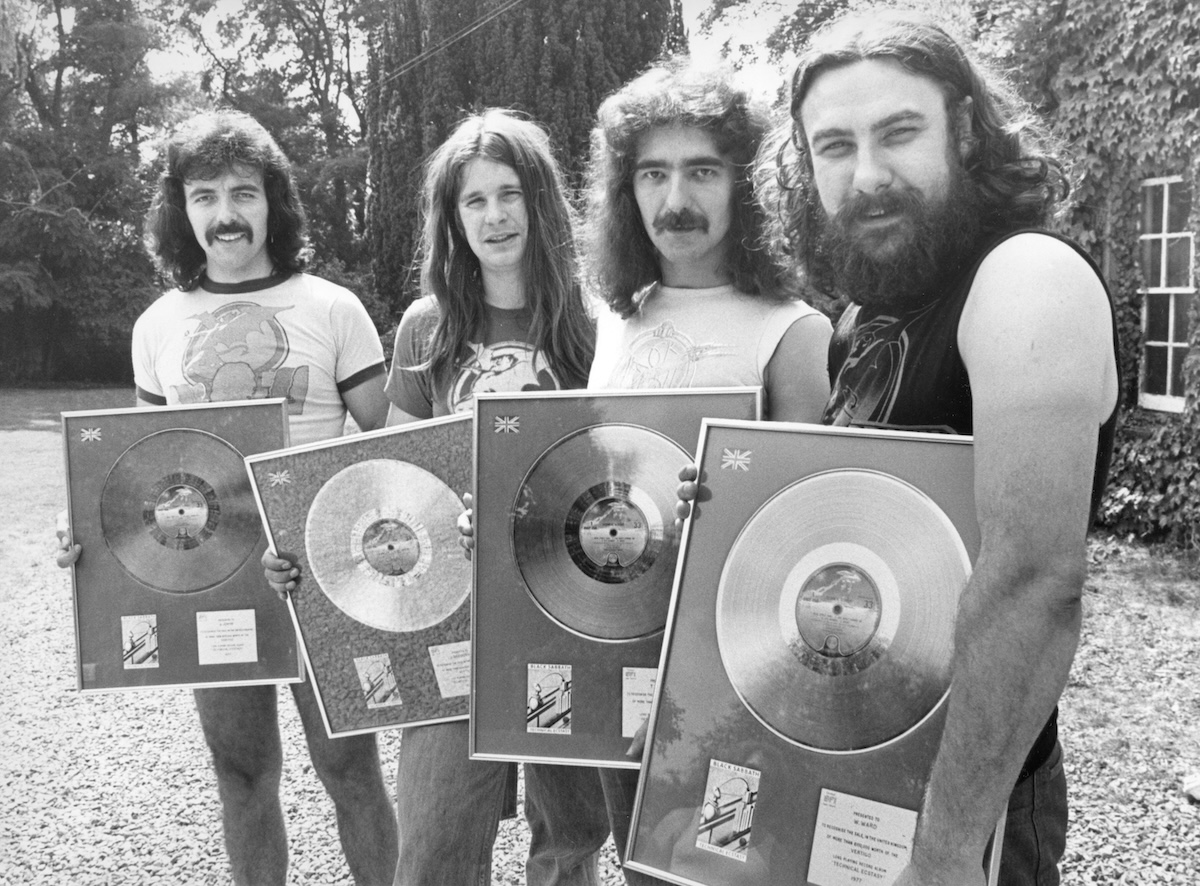
.
Osbourne attempted to retire for the first time in 1992, launching the No More Tours Tour, which concluded with a reunion with the original Black Sabbath lineup. He didn’t stay retired, though, and Sabbath toured together many times from 1997 to 2014. On July 5, Osbourne is saying goodbye again with a farewell show at Villa Park in Birmingham, where Black Sabbath will share the stage with just a few of the countless bands that wouldn’t exist without their influence, including Metallica, Megadeth, Slayer, and Pantera. Before the final curtain call, here’s SPIN’s ranking of all 19 albums from every lineup of Black Sabbath.
19. Headless Cross (1989)
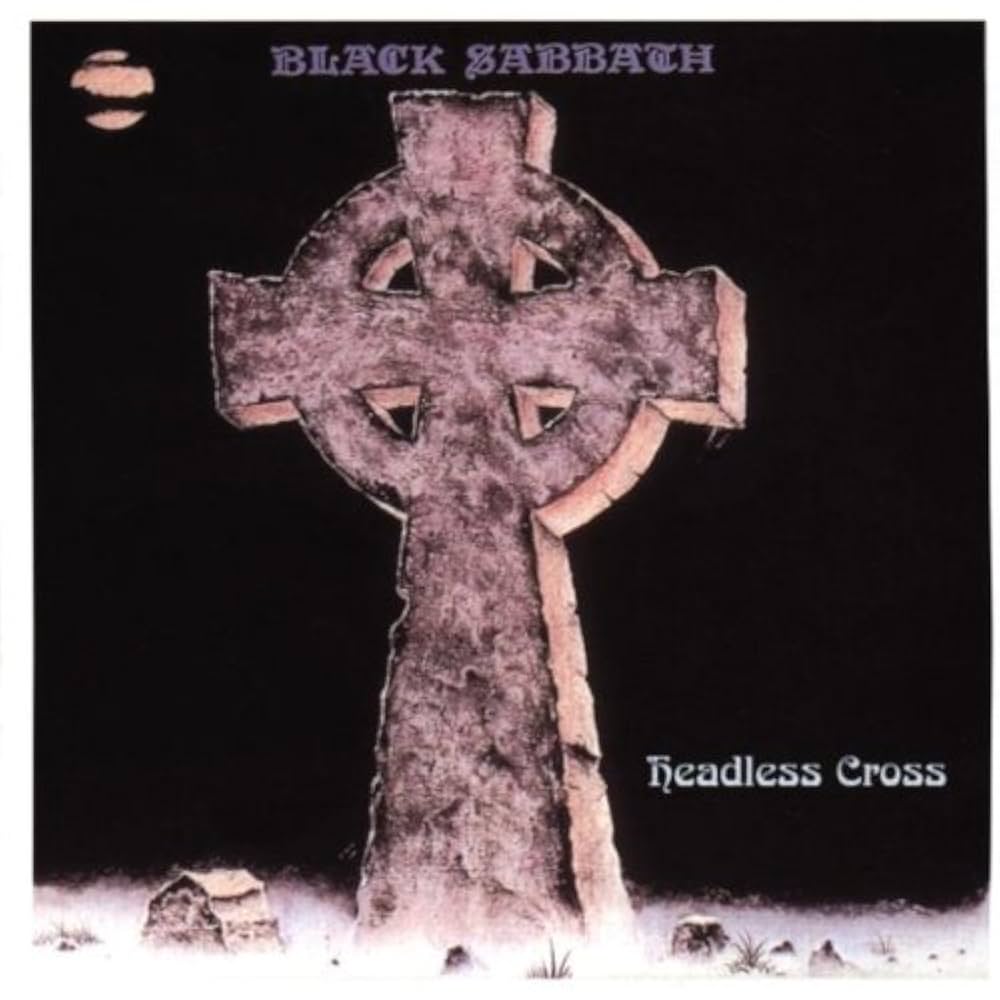
I.R.S. Records was co-founded by Miles Copeland III, brother of Police drummer Stewart Copeland, and became one of the leading labels of ’80s new wave and alternative rock, releasing albums by R.E.M. and the Go-Go’s. So when Black Sabbath signed to I.R.S. in 1989, it felt like an indication that either the band or the label, if not both, had lost its way. Headless Cross was Tony Martin’s second album as Black Sabbath’s lead singer, and he leaned into the band’s image with lyrics heavily themed around Satan and evil. Those lyrics, however, are undermined by Welsh session bassist Laurence Cottle’s smooth, jazzy fretless bass sound, and Butler’s growling low end is sorely missed.
18. The Eternal Idol (1987)
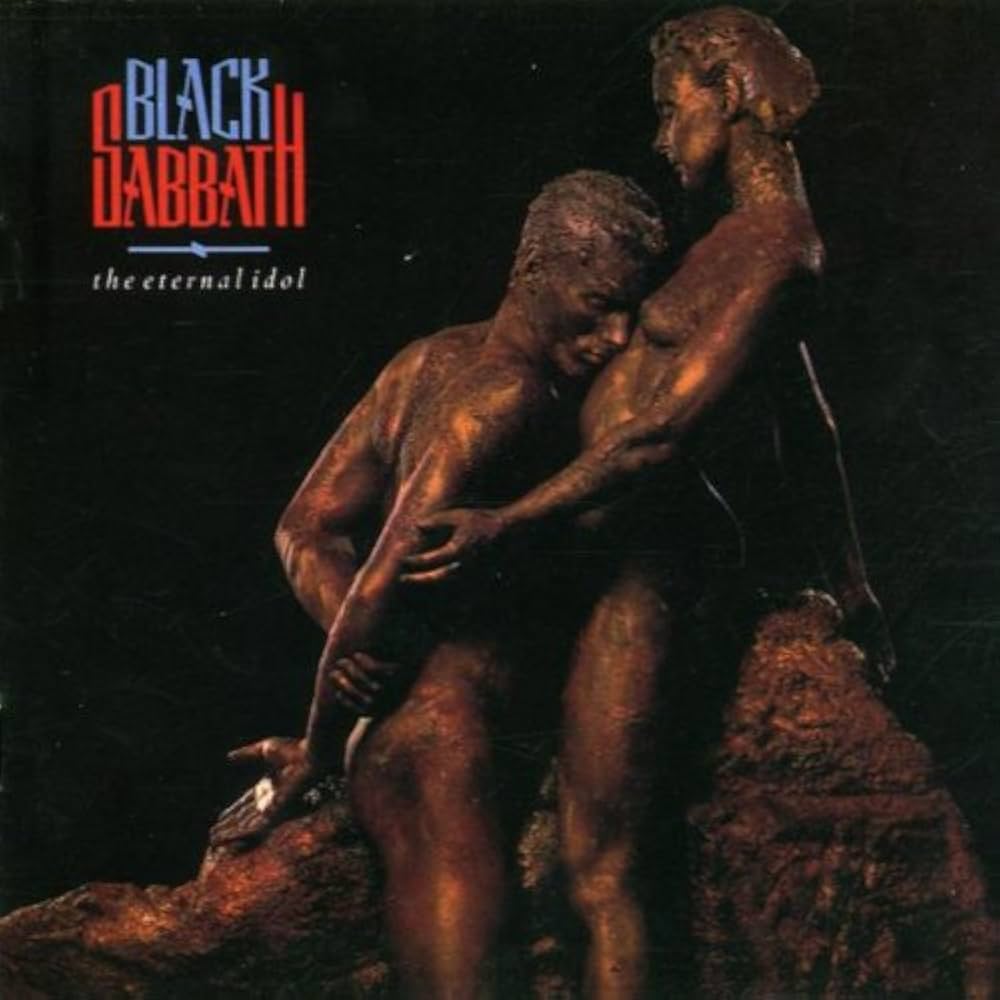
Sabbath’s first album with Martin, The Eternal Idol, is slightly better than Headless Cross, in part because Australian bassist Bob Daisley understood the assignment (although the band’s touring bassist, Dave Spitz, received credit for his work in the album’s liner notes). During Sabbath’s bitter divorce from Osbourne throughout the ’80s, Daisley was pretty much the only musician that played with both parties, contributing bass, production, and songwriting to most of Osbourne’s best solo albums before and after his session work on The Eternal Idol.
17. Born Again (1983)
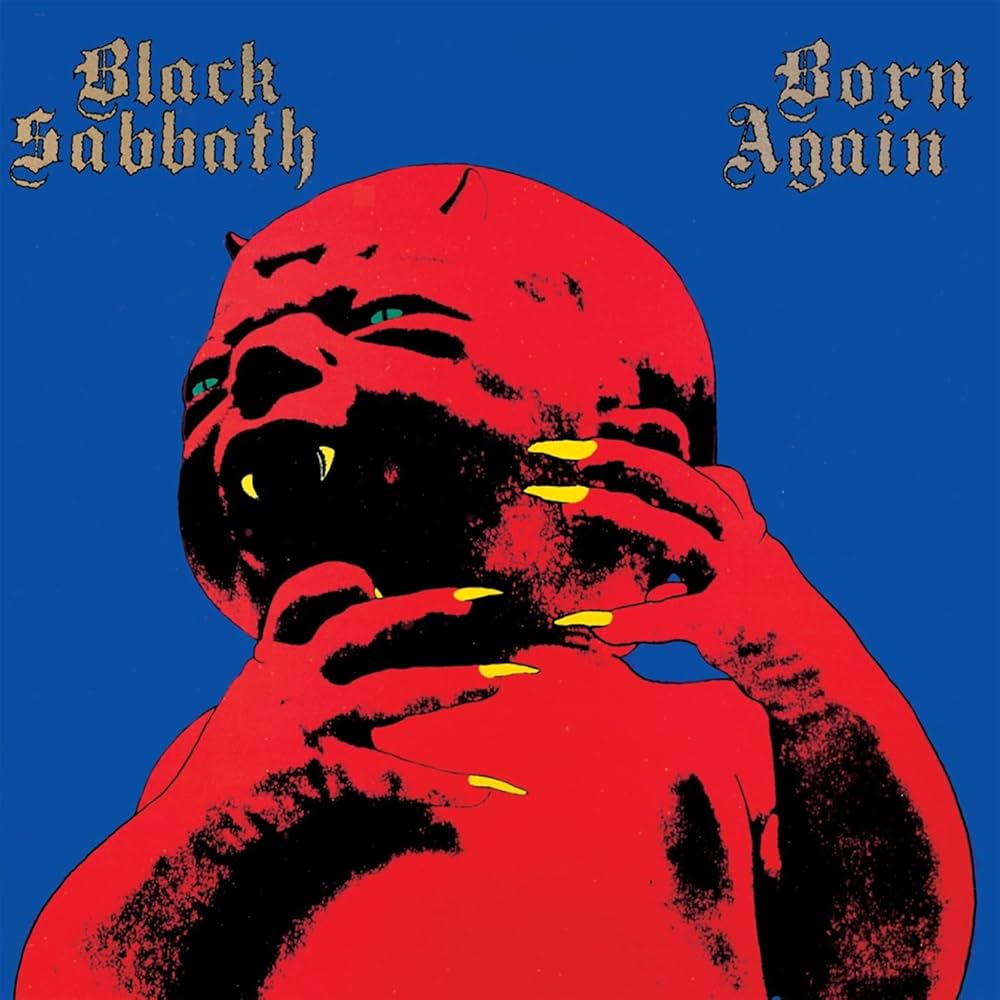
Deep Purple is one of the few bands that was almost as important to the early development of metal as Black Sabbath, and Ian Gillan was Deep Purple’s lead singer for their heaviest and most influential records. Gillan with Sabbath looks like a legendary combination on paper, but it didn’t really turn out that way. Born Again was meant to be the debut of a new supergroup, but Vertigo Records refused to release the album unless it bore the Black Sabbath name. And Gillan just never feels fully in sync with the band—the riffs on “Zero the Hero” are suitably ominous, but his lyrics make it sound like the theme song for a corny ’80s action movie. In the U.K., Born Again peaked at No. 4, becoming the band’s best-charting album without Osbourne and at least momentarily outperforming the Ozzman’s ’83 solo album Bark at the Moon.
16. Seventh Star (1986)
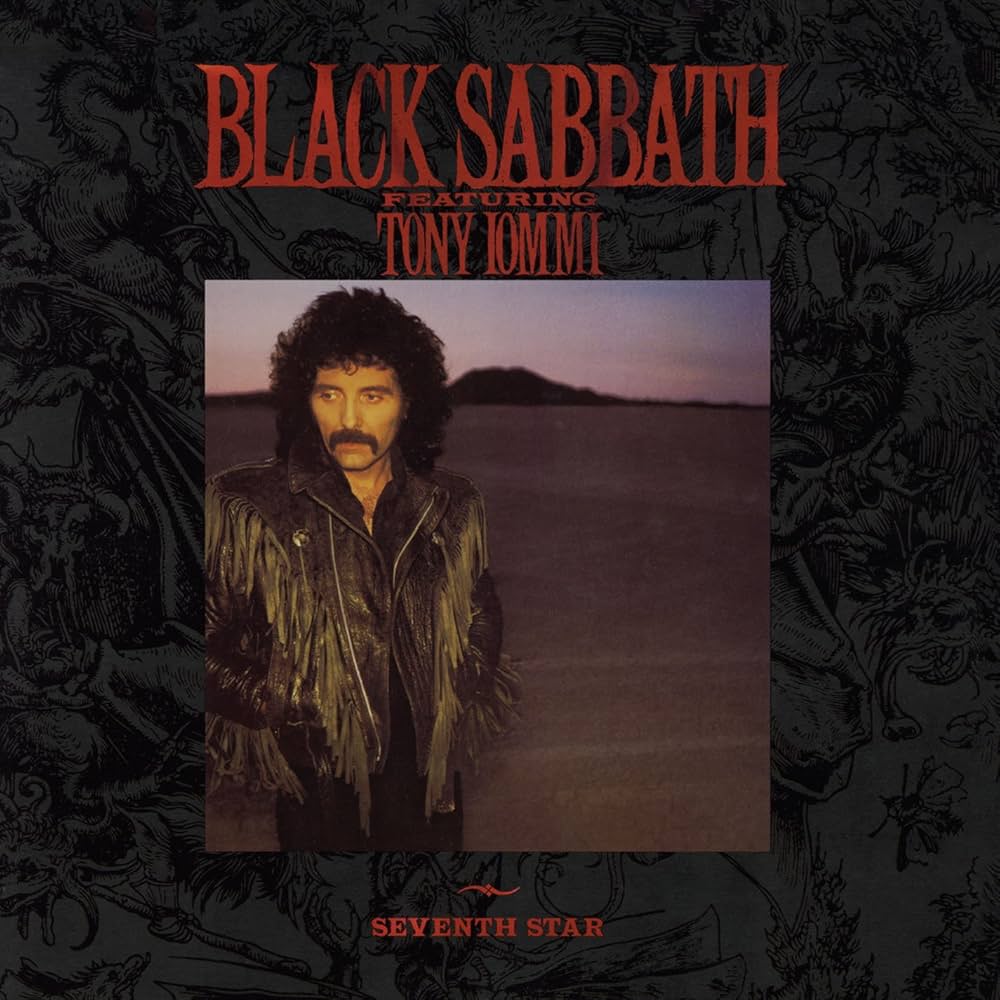
Iommi meant for Seventh Star to be his first solo album, at one point planning to record with an all-star cast of vocalists including Judas Priest’s Rob Halford. Instead, he wound up making the album with another ex-Deep Purple frontman, Glenn Hughes. And once again his label balked at releasing it without the Black Sabbath name, leading to the cover art that credits Seventh Star to “Black Sabbath featuring Tony Iommi” (the guitarist ultimately wouldn’t release a solo album until 2000). American drummer Eric Singer is best known for his much longer tenure with Kiss, but he got to show off his chops more impressively on the heaviest songs on Seventh Star and The Eternal Idol. Hughes only played five concerts with Sabbath before he was fired from the band.
15. Technical Ecstasy (1976)
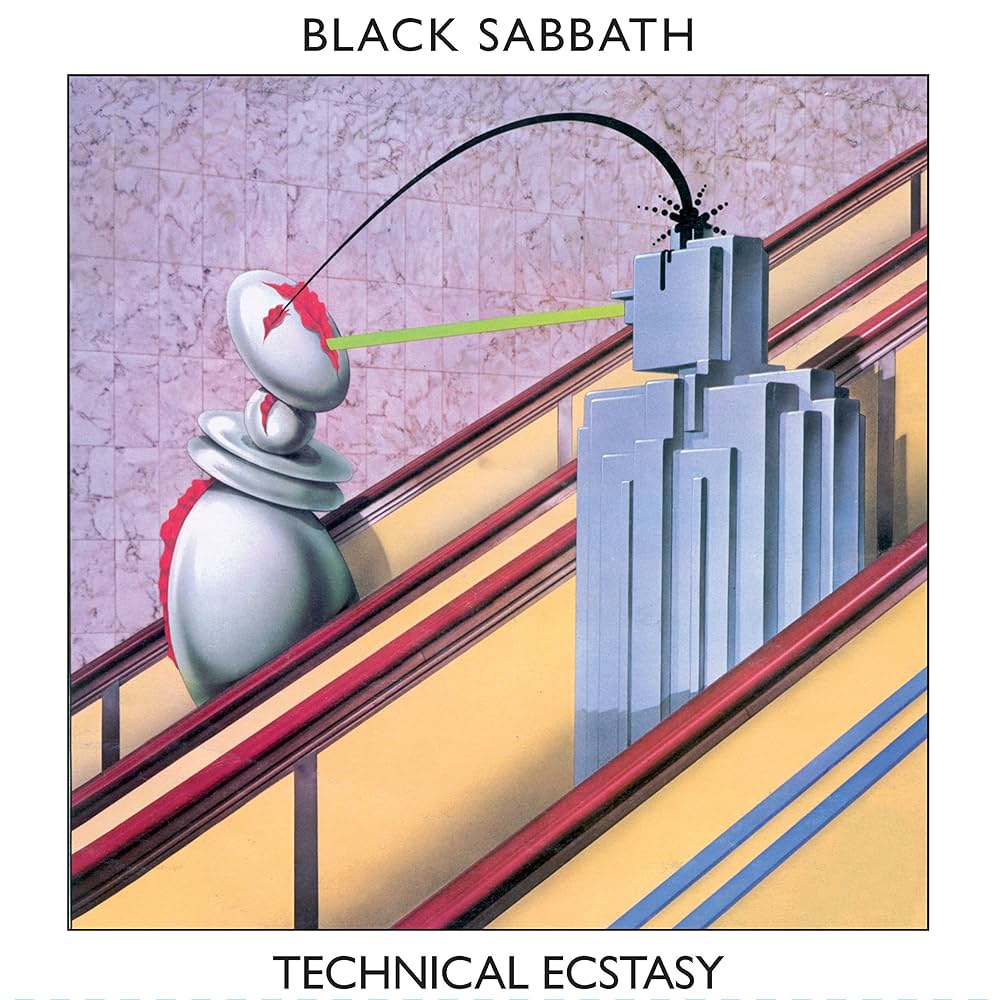
Black Sabbath played with a keyboardist for the first time when Gerald “Jezz” Woodroffe joined the band on the tour in support of Sabotage and then contributed heavily to the band’s next album, Technical Ecstasy. Woodoffe plays boogie woogie piano on “Rock ‘n’ Roll Doctor” and even a funky clavinet riff on “All Moving Parts (Stand Still).” Fans in the nascent heavy metal scene of the ’70s probably weren’t as strict about expecting nothing but gloom and doom from their favorite bands like some contemporary metalheads. But Technical Ecstasy is the only Sabbath album that actually sounds wimpy at times, especially when Ward sings the MOR ballad “It’s Alright.”
14. Forbidden (1995)
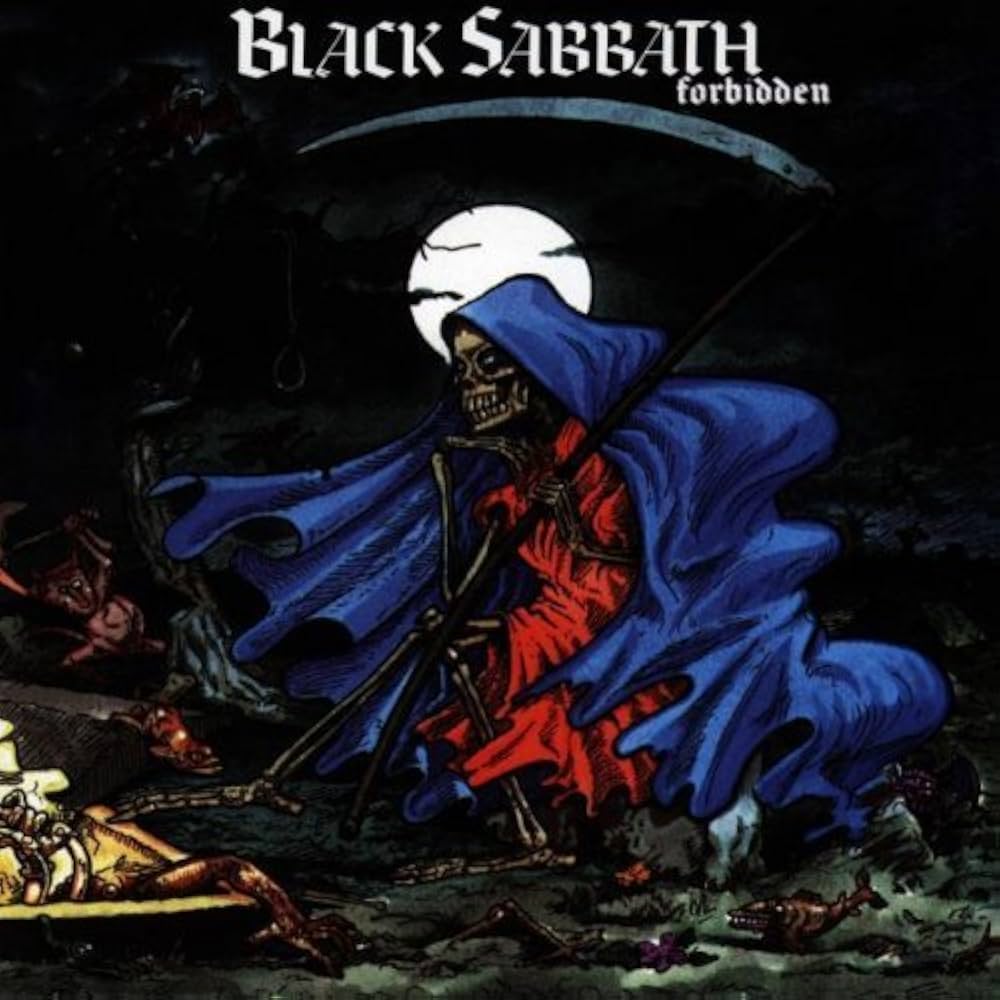
West Coast hip-hop icon Ice-T formed the metal band Body Count in the early ’90s, touring regularly and winning the respect of many in the heavy metal community. After hearing Body Count’s demo of a cover of “War Pigs,” Iommi invited their guitarist Ernie C to produce Forbidden. Although Ice-T makes a spoken word cameo on the opening track “The Illusion of Power,” Forbidden is hardly the “Rap Sabbath” experiment that some may have feared, and “Rusty Angels” is one of the band’s best Tony Martin-era tracks. For years, Iommi expressed dissatisfaction with Ernie C’s production and discussed his plans to remix the album. The remixed Forbidden, finally released in 2024, is currently the only version of the album on streaming services, but it doesn’t really sound all that different or improve on the album’s creative shortcomings. Forbidden marked the end of Sabbath’s era of rotating frontmen, the last album before they began touring with Osbourne again.
13 (2013)
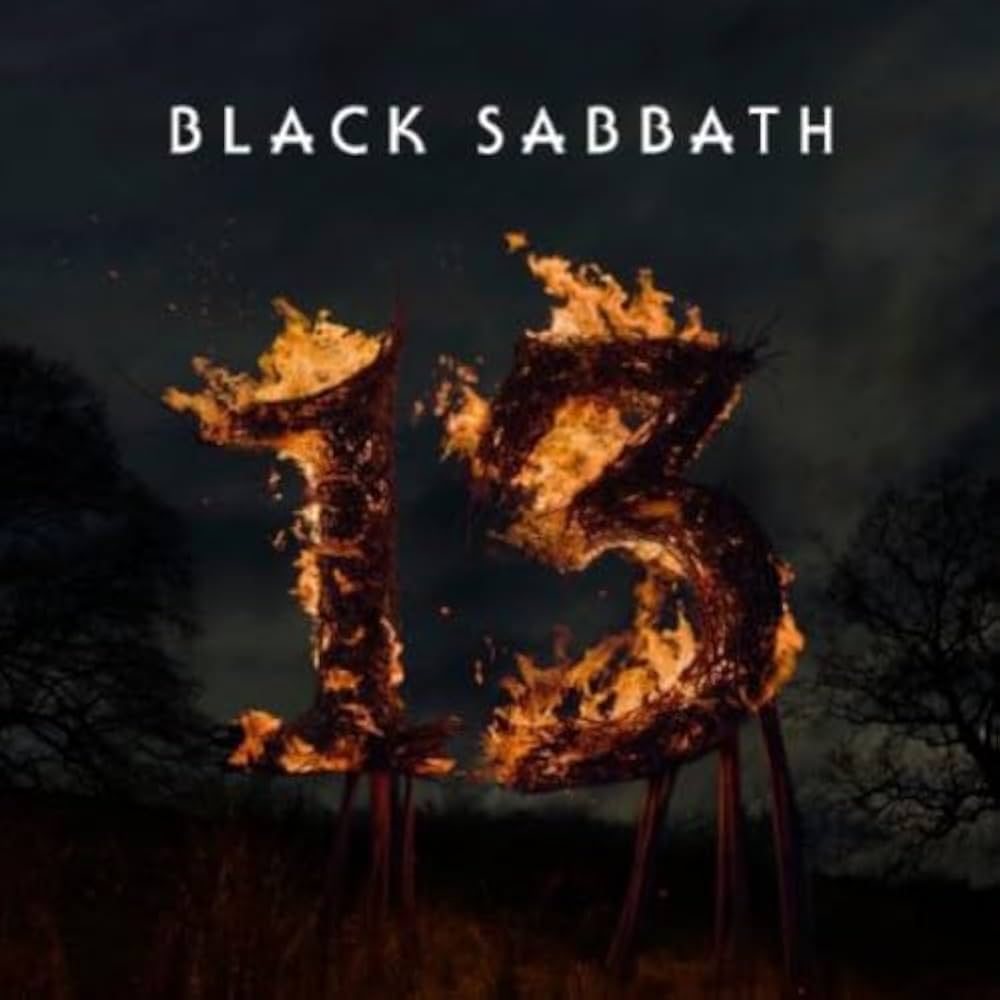
In the last 28 years since the band started hitting the road with Osbourne again, Black Sabbath only released one studio album. The band attempted to make an album with A-list producer Rick Rubin twice, first in 2001, and by the time they succeeded a decade later, Ward was in a protracted contractual dispute with the band, and Rage Against the Machine’s Brad Wilk played drums on 13. Neither a mess nor a masterpiece, 13 topped the charts and won the band its first Grammy with a slick, occasionally inspired approximation of ’70s Sabbath. “The doomy passages in the first two tracks ‘End of the Beginning’ and ‘God is Dead?’ sound stupendously heavy. This isn’t just a result of 13’s raw production values; it’s also that the band is clearly grasping for the same dire emotions (soul-deep malaise, reaper-fearing horror) that fueled their early work,” Hank Shteamer wrote in the Pitchfork review of the album.
12. Cross Purposes (1994)
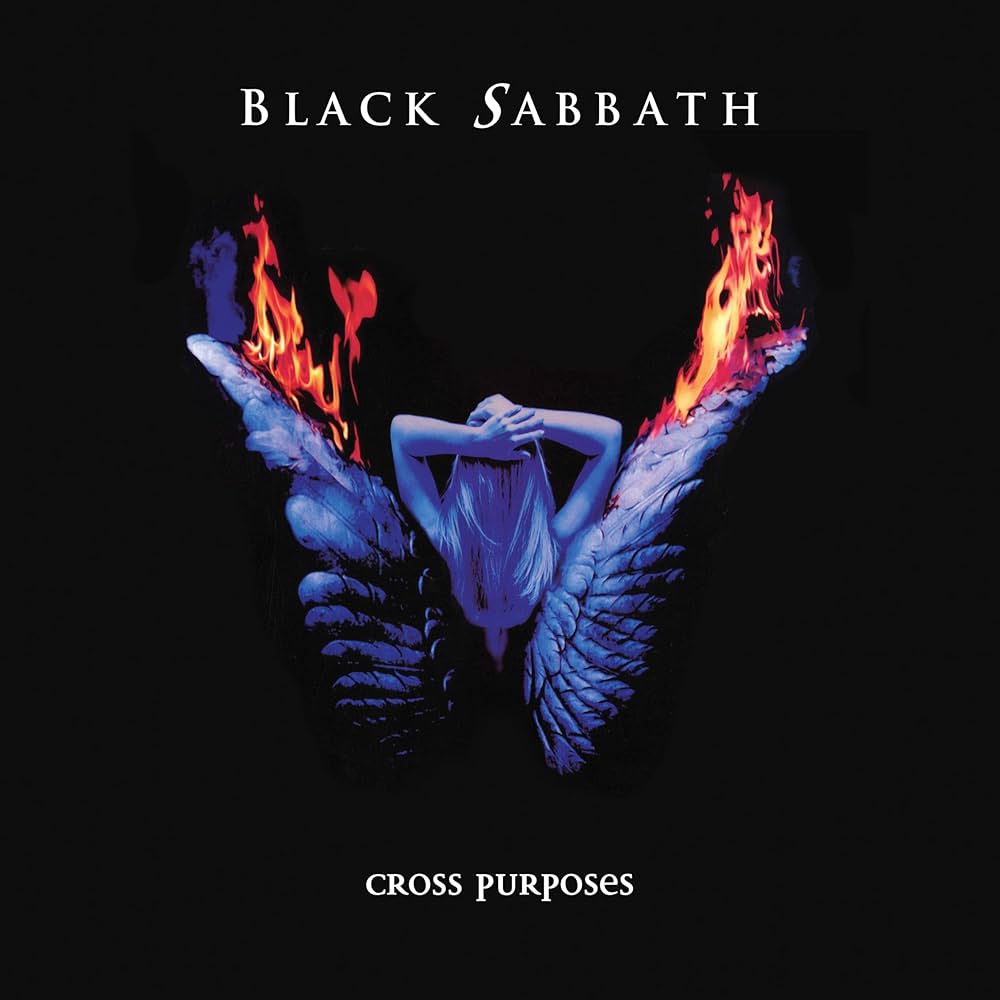
It feels like Black Sabbath entered a feedback loop in the ’90s, making music influenced by bands who’d been influenced by Sabbath. “Virtual Death” is the closest any song on Cross Purposes comes to sounding like classic Sabbath, but it sounds even more like Alice in Chains. Less flattering songs on the band’s fourth album with Martin sound more like Firehouse or White Snake. Eddie Van Halen visited the band in the studio and jammed on the song “Evil Eye,” and while he doesn’t appear on the track on Cross Purposes, Iommi emulated the solo Van Halen had played on the song.
11. Tyr (1990)
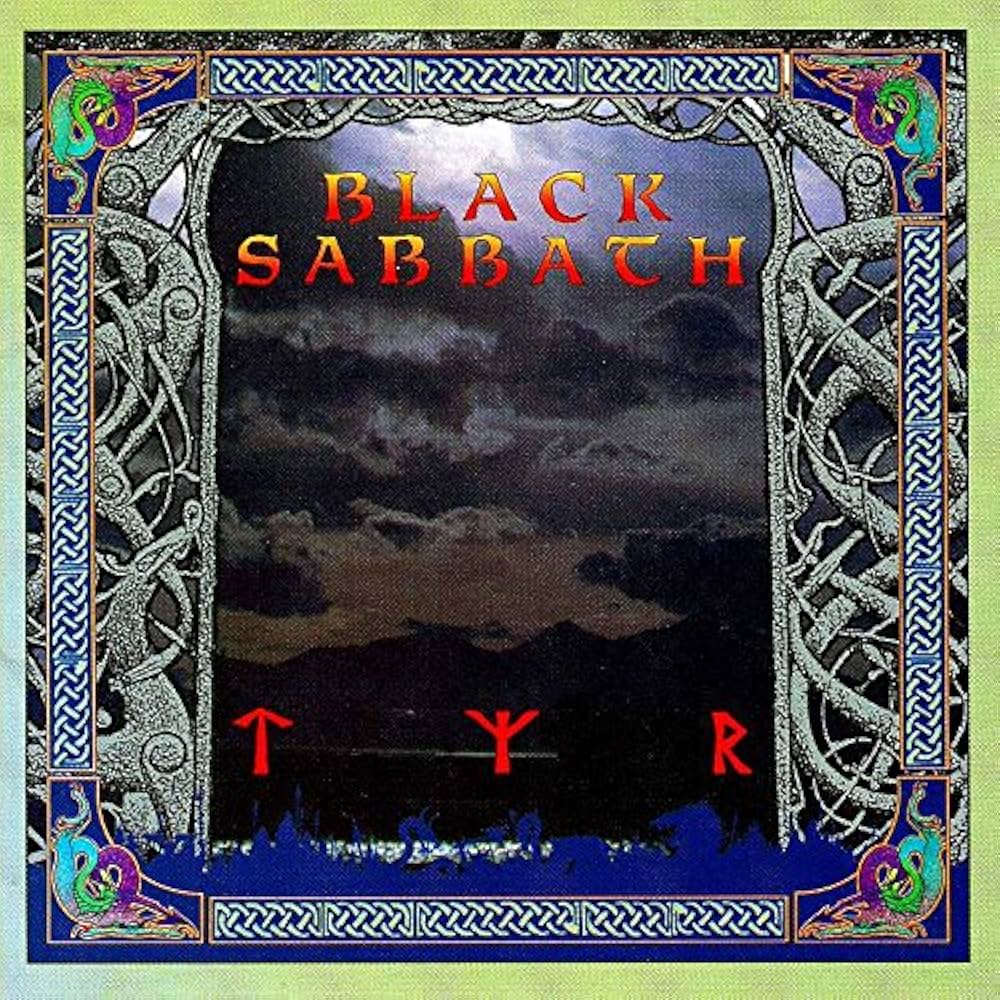
Full of imagery from Norse mythology and dramatic riffs, Tyr is probably the band’s heaviest album with Martin, and “The Law Maker” could almost pass for a Dio-era track. Keyboard player Geoff Nicholls played all over Sabbath’s ’80s and ’90s albums, and was at his best when he was felt, more than heard, with subtle atmospherics. Nicholls does some of his best more-noticeable work on Tyr, though, providing a moody soundscape for “Odin’s Court” that beautifully sets up the explosive “Valhalla.”
10. Dehumanizer (1992)
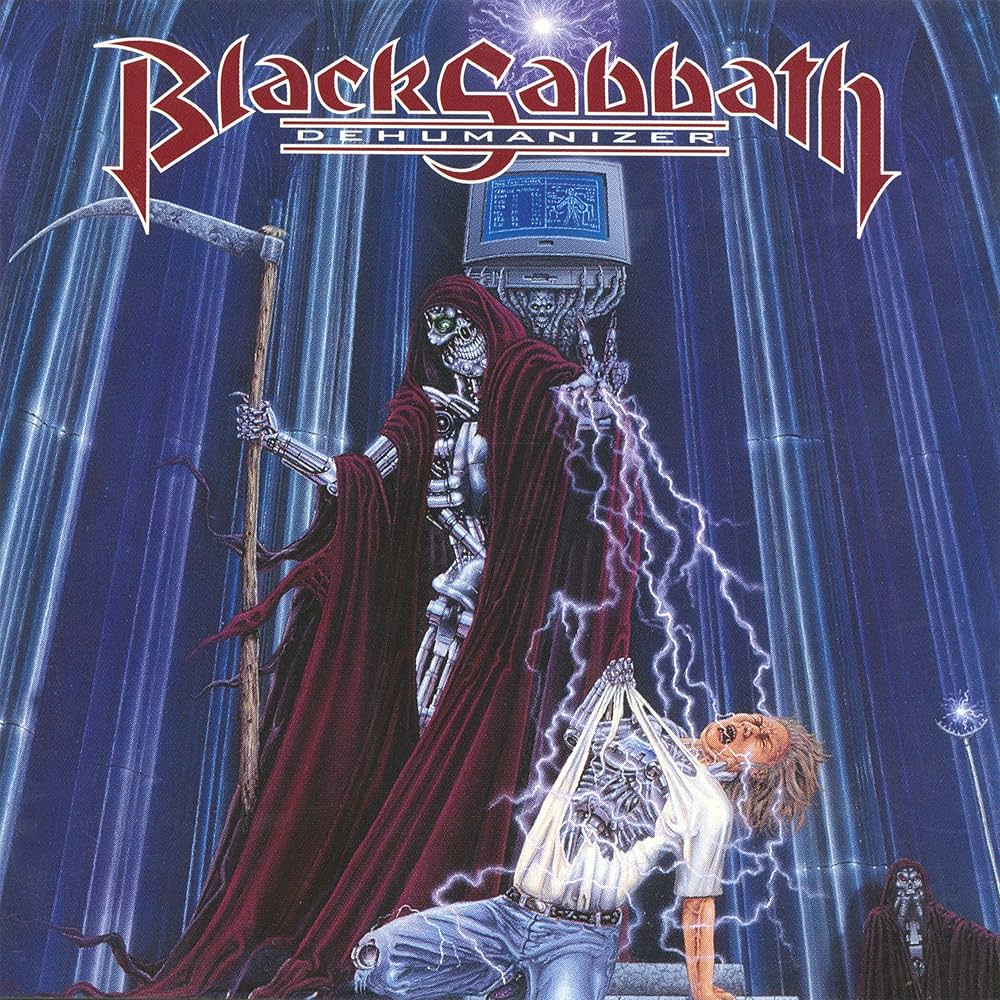
A decade after his first run with Sabbath, Dio rejoined the band in the early ’90s, and the band sounds rejuvenated by his presence, with some of Iommi’s finest solos on “Computer God” and “Too Late.” Unfortunately, it was just a brief reunion before the band resumed making lesser albums with Martin. Dio would make one more album with the band before his 2010 death, though it’s not officially a Black Sabbath album. 2009’s The Devil You Know was released under the band name Heaven & Hell to avoid confusion with the Ozzy-fronted version of Sabbath that was also intermittently active at the time.
9. Never Say Die! (1978)
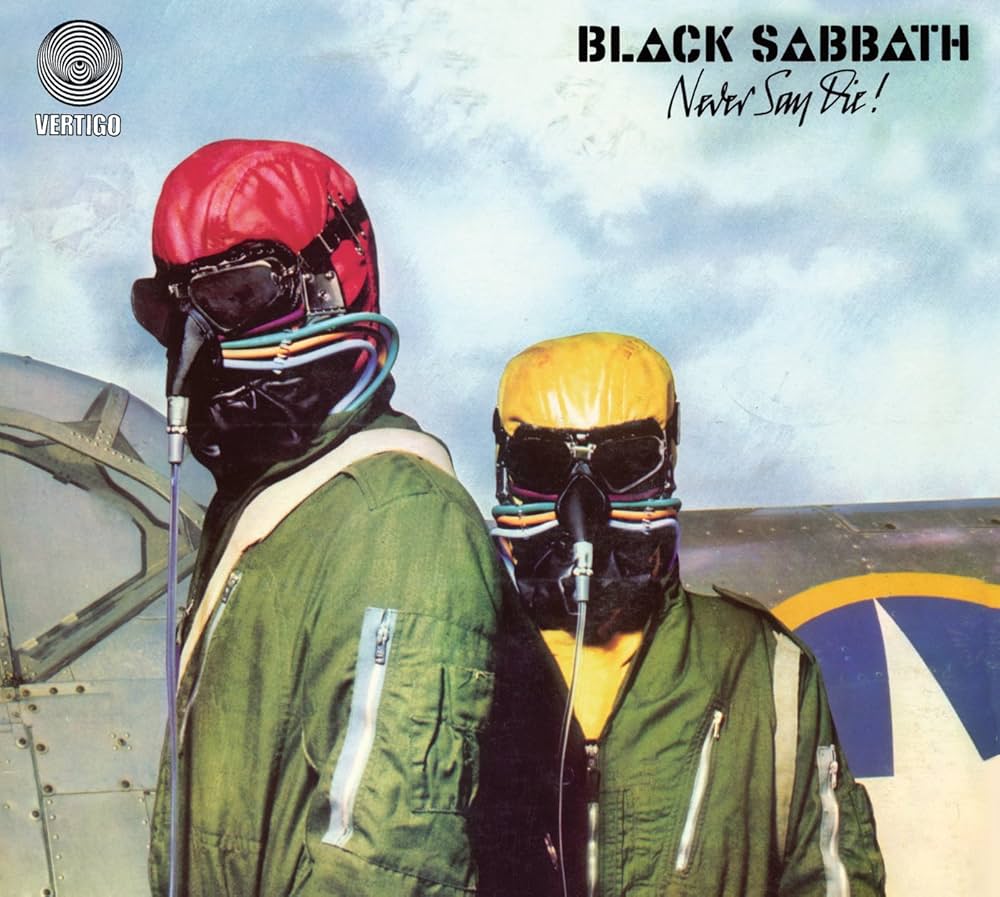
Sabbath’s original lineup was on the verge of falling apart when they made Never Say Die! and they were upstaged by their opening act, Van Halen, on the tour in support of the album. The self-produced album falls short sonically, but it’s still an improvement on the muddled Technical Ecstasy with moments of brilliance. Ward performs his best lead vocal on “Swinging the Chain,” Iommi’s solos on “Shock Wave” and “A Hard Road” are magnificent, and Osbourne expands his emotional range on “Junior’s Eyes.”
8. Sabbath Bloody Sabbath (1973)
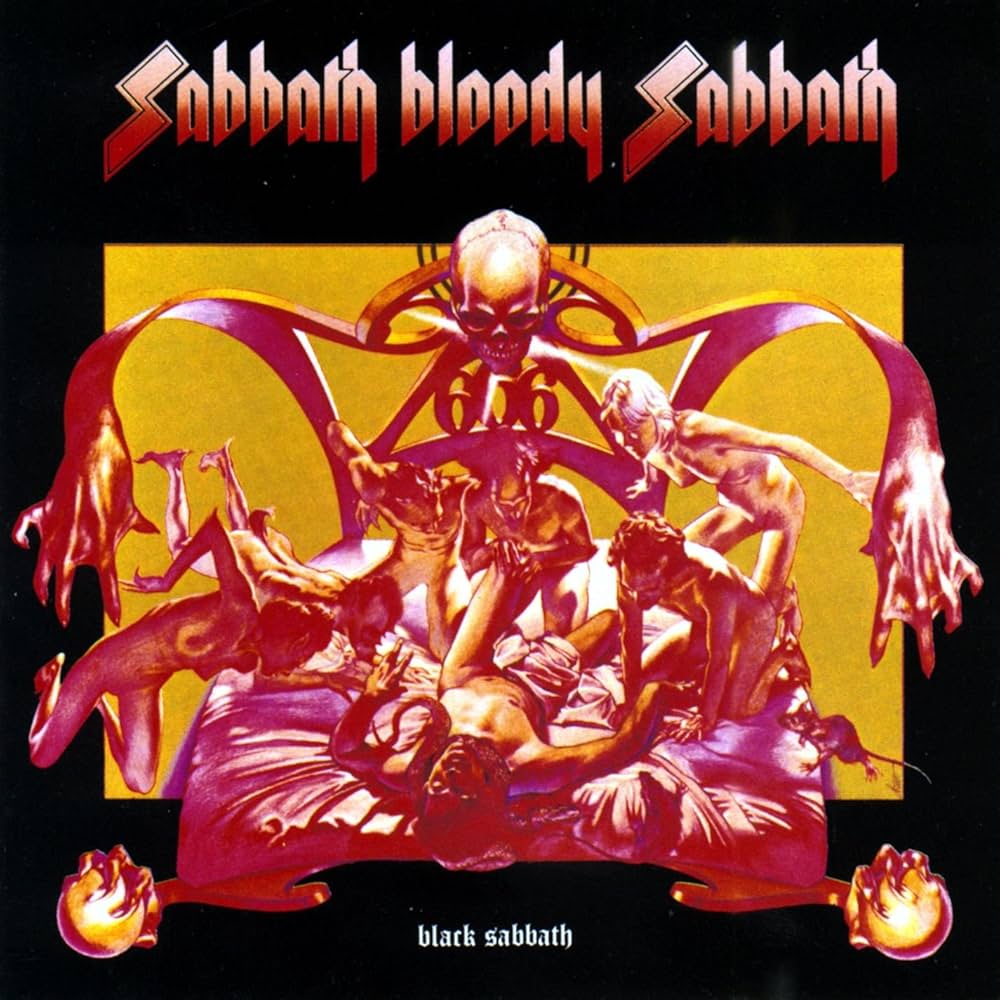
The members of Black Sabbath were worn out from touring and drugs when they began sessions for their fifth album at L.A.’s state-of-the-art studio the Record Plant and left with little to show for it. Going back to England, they rented out Clearwell Castle for recording. Rehearsing in a literal dungeon suitably inspired the band, and they quickly found their dark magic again on Sabbath Bloody Sabbath’s classic title track. Sabbath could swing and groove more than they often get credit for, and “A National Acrobat” is one of the Butler/Ward rhythm section’s best showcases. “This record transcends third-generation rock in that it possesses a degree of internal intricacy that belies popular conceptions of heavy-metal. The use of tempo changes and electronic keyboards to cast liquid emotions makes Sabbath, Bloody Sabbath an extraordinarily gripping affair,” Gordon Fletcher wrote in the Rolling Stone review of the album.
7. Sabotage (1975)
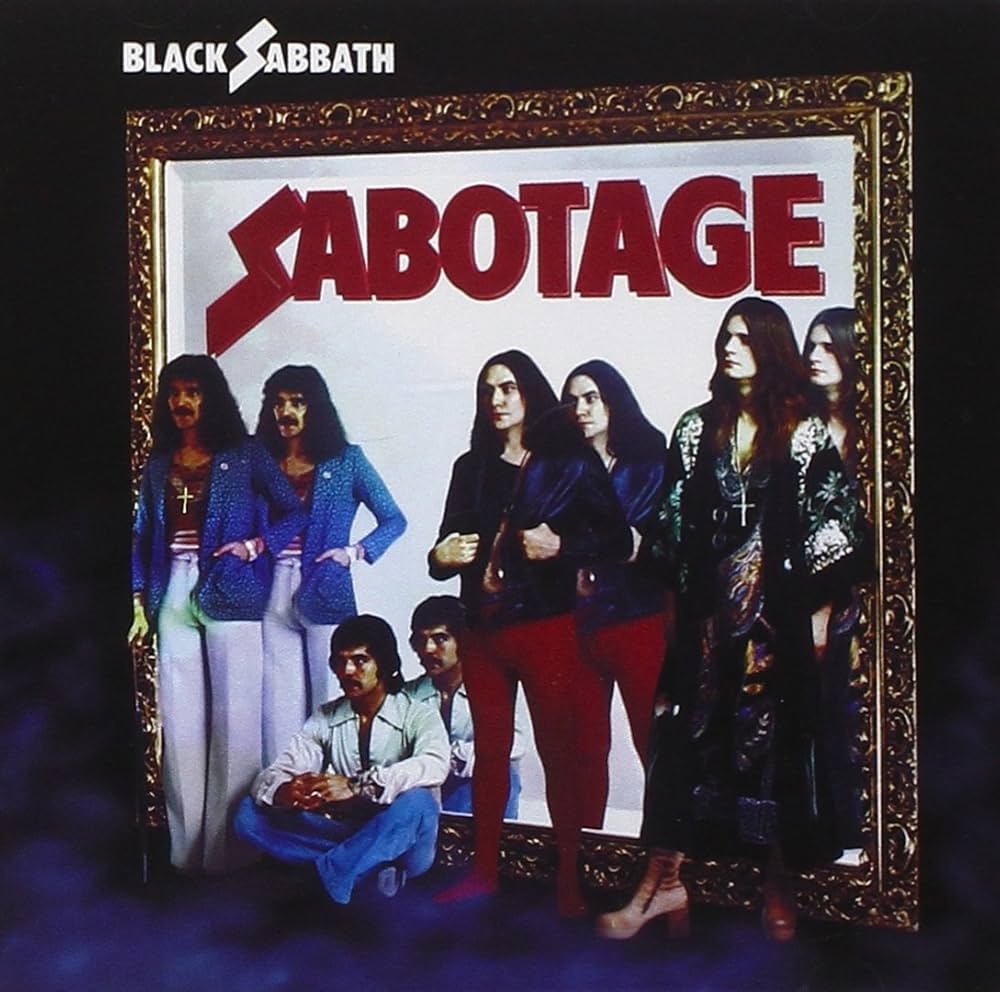
The members of Black Sabbath were unhappy with their label contract and embroiled in a legal battle with their former manager as they recorded Sabotage, and if any band could productively funnel their anger and negative emotions into their music, it’s Black Sabbath. Osbourne was even moved to write some lyrics himself, a rare occasion, on “The Writ,” which directly referenced the ongoing litigation. And the chemistry between the band members was as kinetic as ever—“Symptom of the Universe” is like a sequel to “Paranoid” with even more powerful drumming from Ward and an unexpected transition into a more textured acoustic outro.
6. Mob Rules (1981)
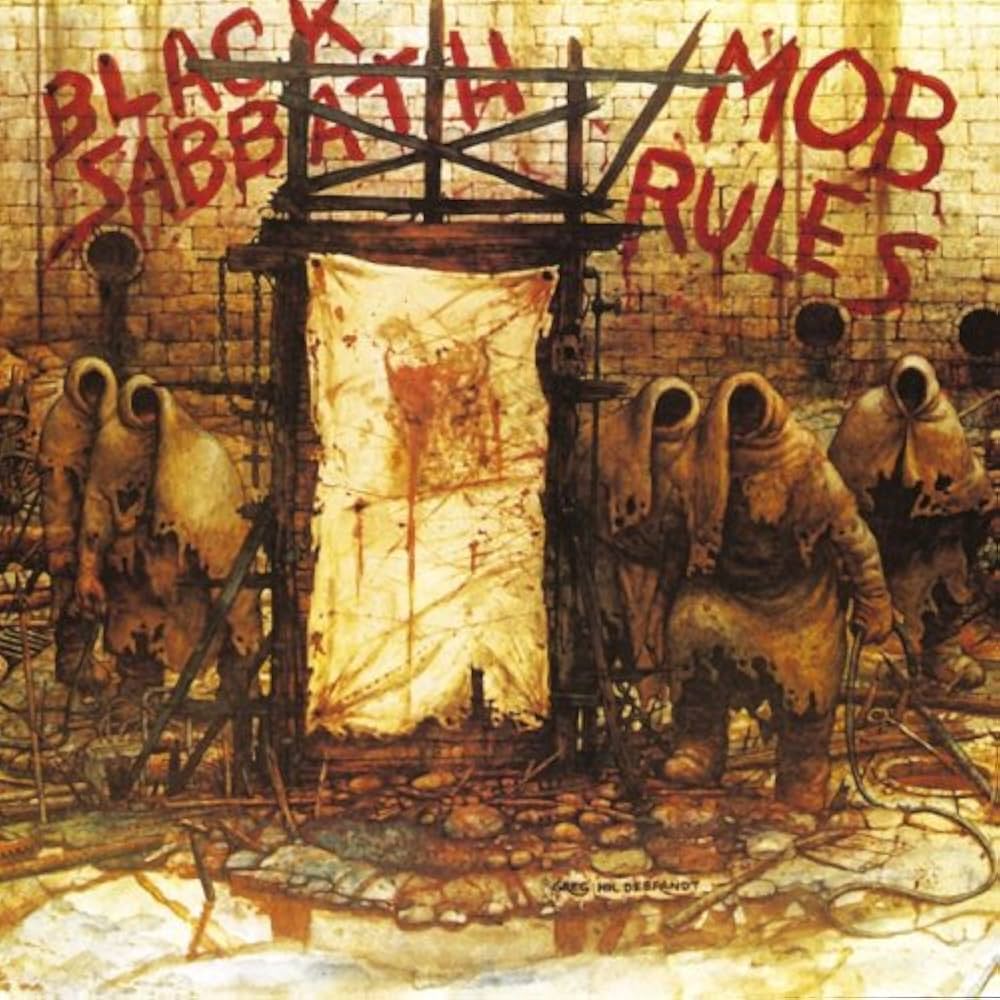
Sabbath’s second album with Dio is a slightly more radio-friendly continuation of Heaven and Hell, but it’s still a great incarnation of the band at the peak of its powers. “Slipping Away” features a particularly great instrumental bridge where Iommi and Butler take turns soloing, and the apocalyptic epic “Falling Off the Edge of the World” is one of Sabbath’s unheralded masterpieces.
5. Heaven and Hell (1980)
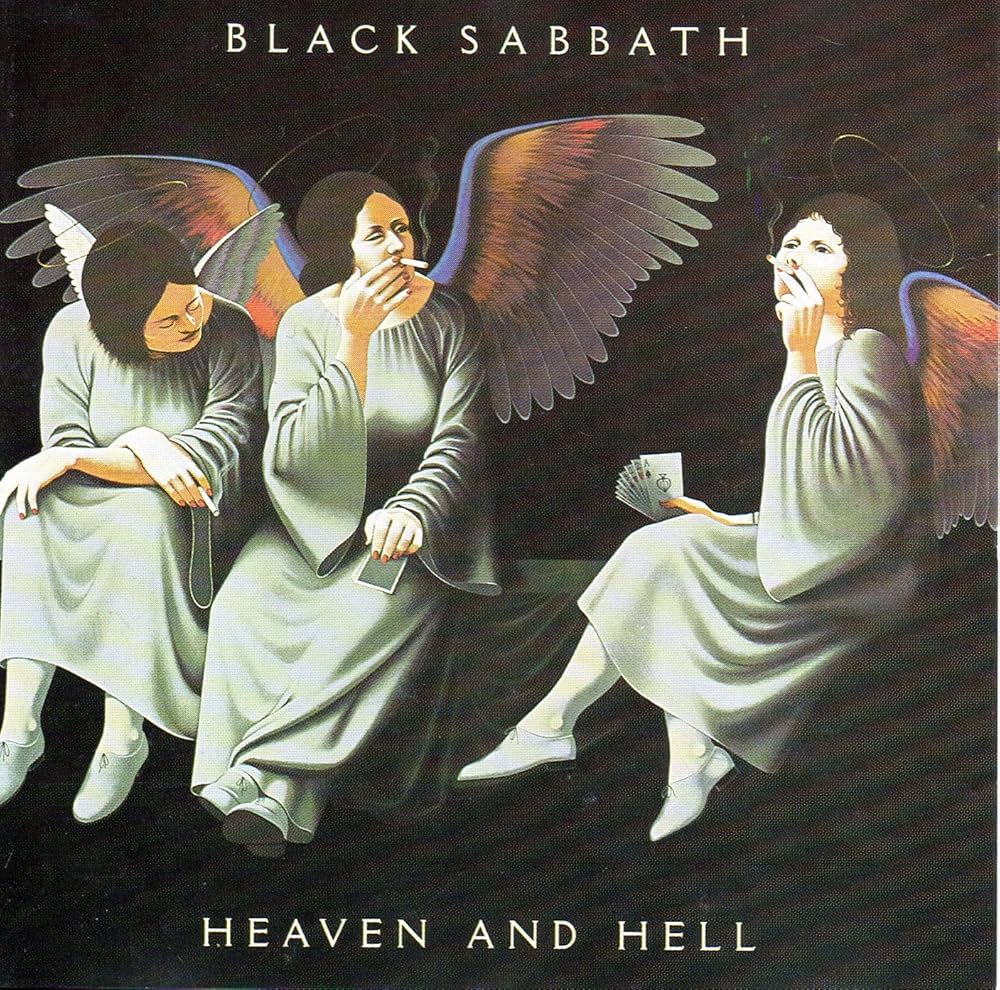
Much like when Fleetwood Mac absorbed Stevie Nicks and Lindsey Buckingham, Heaven and Hell marks a moment where a long-running British band got a new lease on life by joining forces with two American musicians. Ronnie James Dio had sung in Rainbow and Elf, and Vinny Appice was the younger brother of Vanilla Fudge drummer Carmine Appice, and they helped Sabbath pursue a faster, more theatrical sound after the band had fired Osbourne and Ward abruptly quit in the middle of a tour. “Heaven and Hell is classic Sab stuff that defies description,” Ronnie Gurr wrote in the Record Mirror review of the album.
4. Vol. 4 (1972)
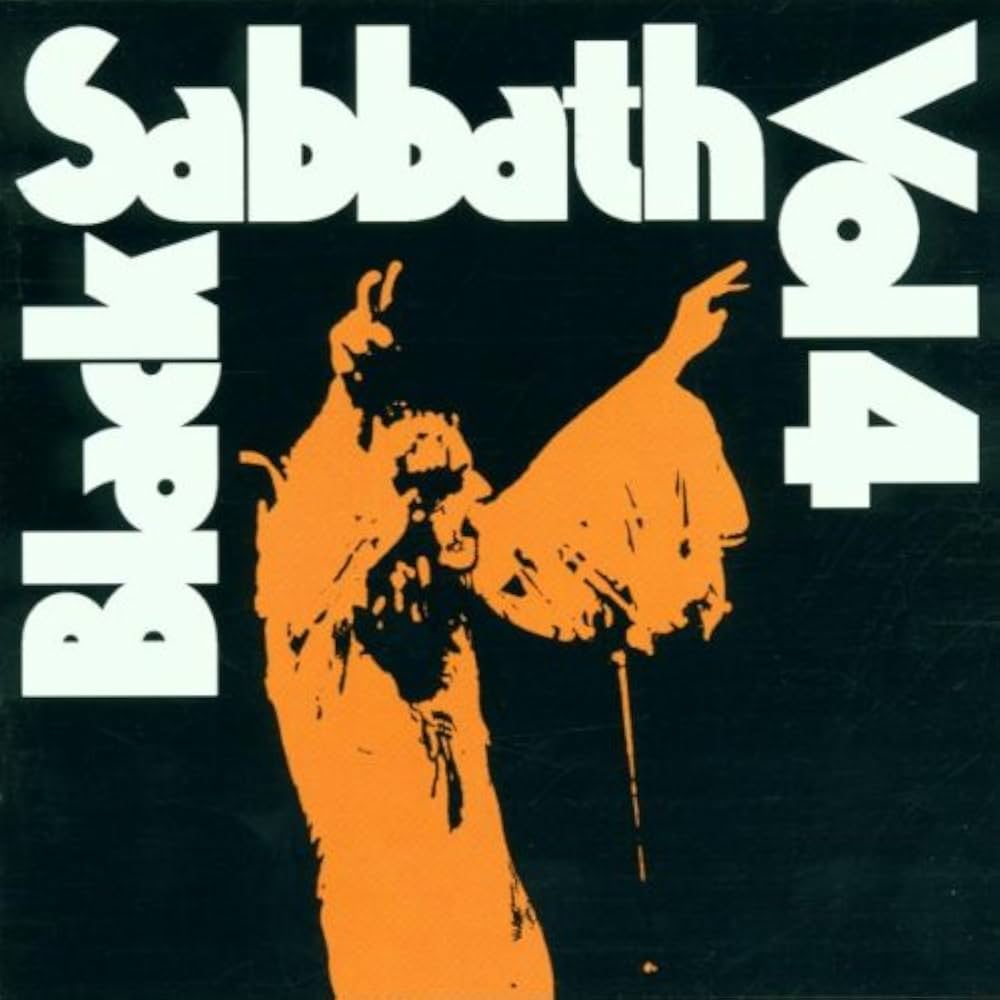
“Changes” is the only straight up piano ballad in the Sabbath discography, but it feels like a sincere creative statement that grew out of the band’s personal bond—Butler wrote the lyrics about the end of Ward’s marriage, and Osbourne sang them tenderly over Iommi’s lush arrangement of piano and Mellotron. “Supernaut” and “Snowblind” are prime heavy Sabbath, but between “Changes” and the acoustic instrumental “Laguna Sunrise,” Vol. 4 is the album where Sabbath really approach the range of sounds and emotions of a Led Zeppelin LP. “Changes” eventually topped the U.K. singles chart after Ozzy Osbourne re-recorded it as a duet with his daughter Kelly Osbourne in 2003.
3. Black Sabbath (1970)
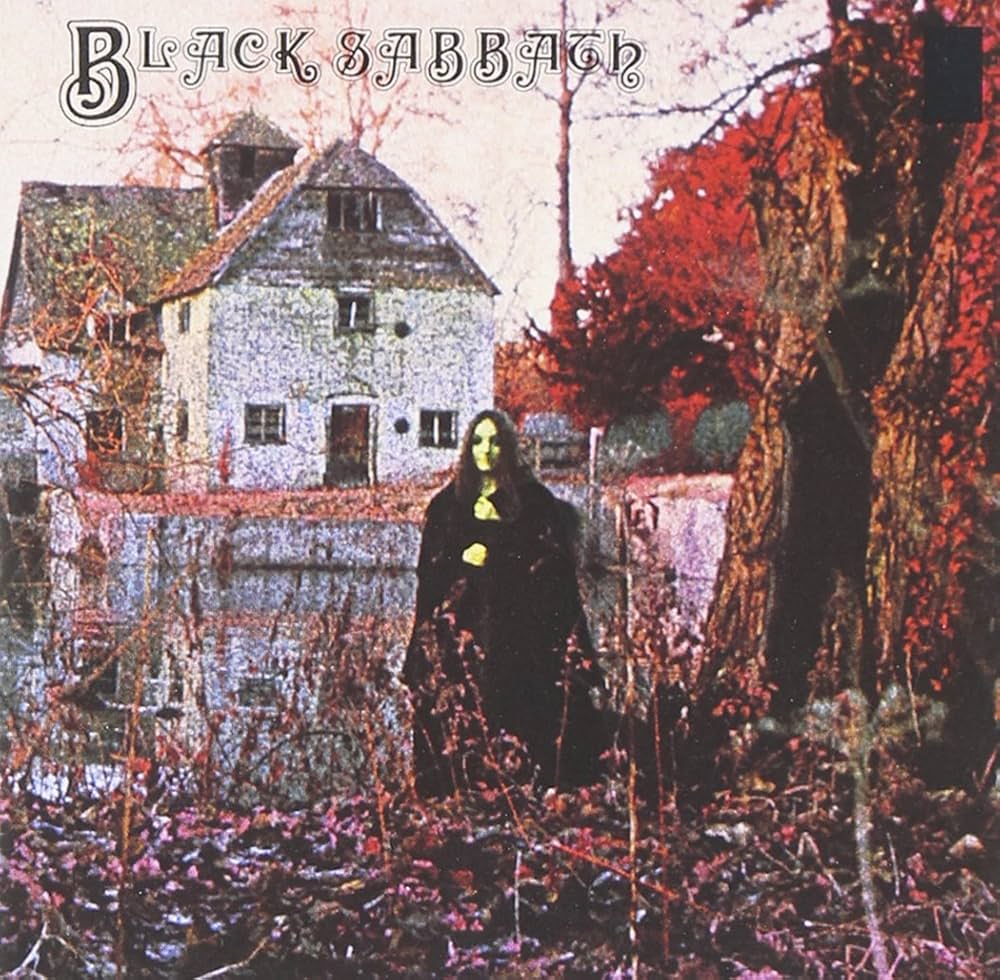
Although Cream, Zep, Deep Purple, Hendrix, and others made records in the late ’60s that molded electric blues and psychedelia into something harder and louder, Black Sabbath’s debut still feels like the lightning bolt moment when heavy metal was truly born. The dissonant tritone at the center of Iommi’s riff on “Black Sabbath” simply sounds evil, and Osbourne’s performance resembles the terrified protagonist of a horror movie more than the “Prince of Darkness” he’d eventually be known as. Butler wrote lyrics for “N.I.B.” from the perspective of Lucifer and played his bass like it’s the lead instrument on the song, which was appropriately later covered by Primus with Osbourne on vocals. Black Sabbath was bashed out in one marathon 12-hour session, and the band included a cover of the American band Crow’s hit “Evil Woman” as a blatant commercial concession, but the album’s importance can’t be overstated.
2. Master of Reality (1971)
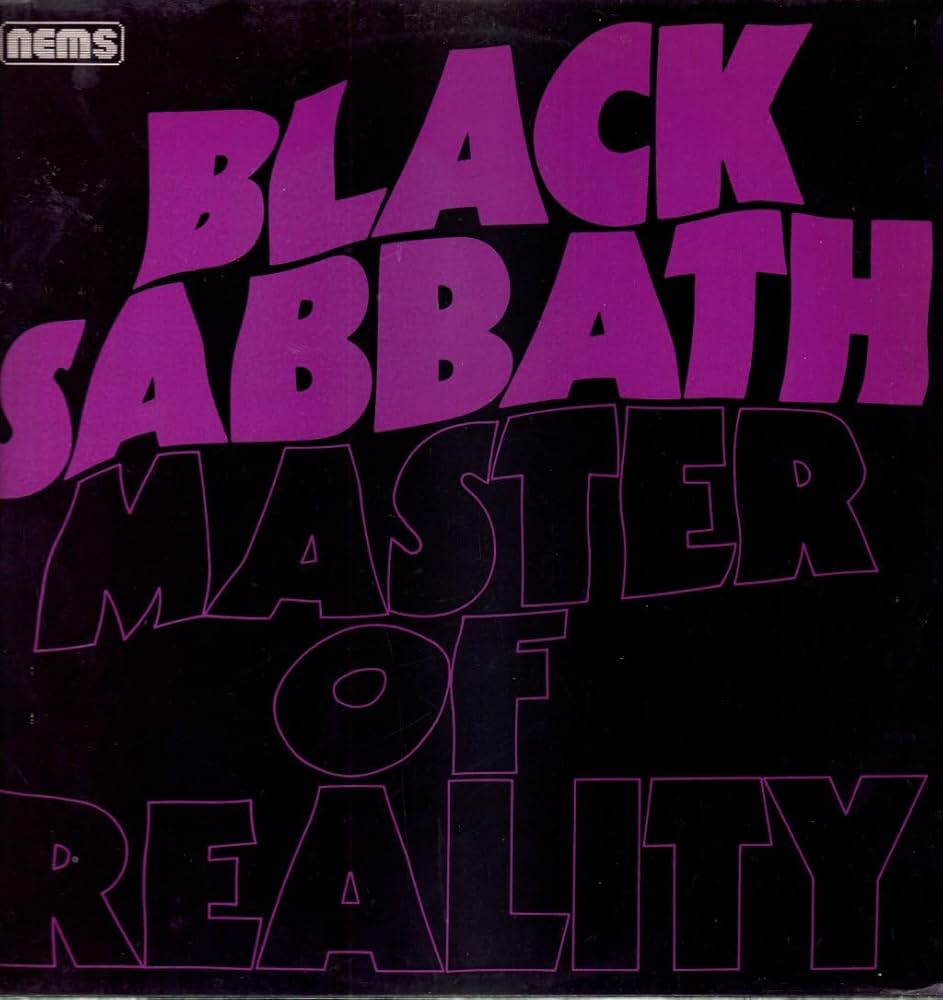
Iommi had cut off the tips of two of his fingers while working at a sheet metal factory as a teenager, which permanently affected the way he played guitar. By Master of Reality, he began tuning his strings lower, partly to go easy on his fingers, resulting in the doomy undertones of “Children of the Grave” and the brutal “Into the Void.” The stoner rock touchstone “Sweet Leaf” kicks off the album on a lighter note, but Master of Reality may be the band’s darkest, heaviest album overall. Sabbath were on an incredible hot streak, but it would be years before professional rock critics paid the band any respect. “I don’t care how many rebels and incipient groovies are buying. I don’t even care if the band members believe in their own Christian/satanist/liberal murk. This is a dim-witted, amoral exploitation,” Robert Christgau wrote in the Village Voice review of Master of Reality.
1. Paranoid (1970)
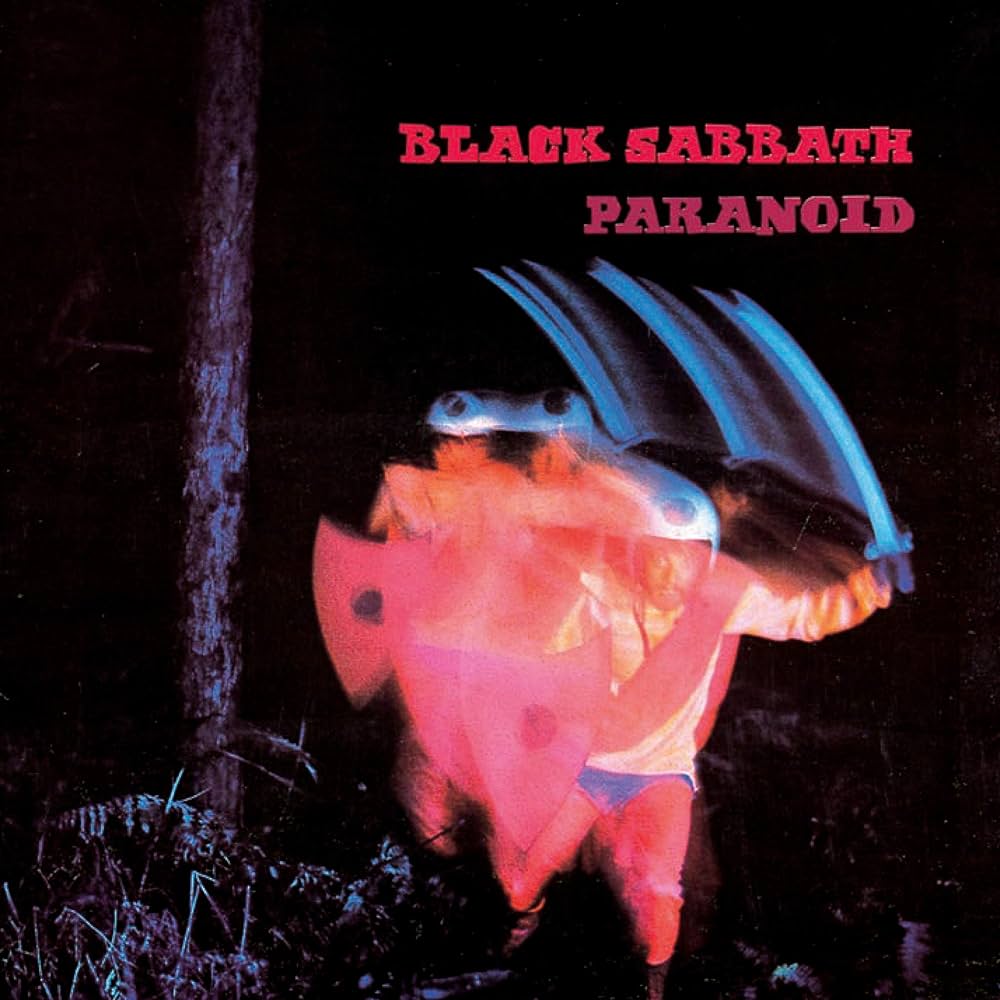
Given that Sabbath recorded two of the most important metal albums of all time in the space of nine months, it’s understandable that they came up a little short with material for the second one. But the song they whipped up in a matter of minutes to pad out the LP’s running time may be the greatest “filler” in recording history: Paranoid’s title track and lead single, the band’s first chart hit. That song and two others on side A of Paranoid, “Iron Man” and “War Pigs,” account for virtually all of Black Sabbath’s classic rock radio spins, giving the album an outsized place in the band’s mainstream profile. But Paranoid hasn’t lost any of its power from overexposure, and side B is no slouch thanks to “Fairies Wear Boots” and “Hand of Doom.”
To see our running list of the top 100 greatest rock stars of all time, click here.



